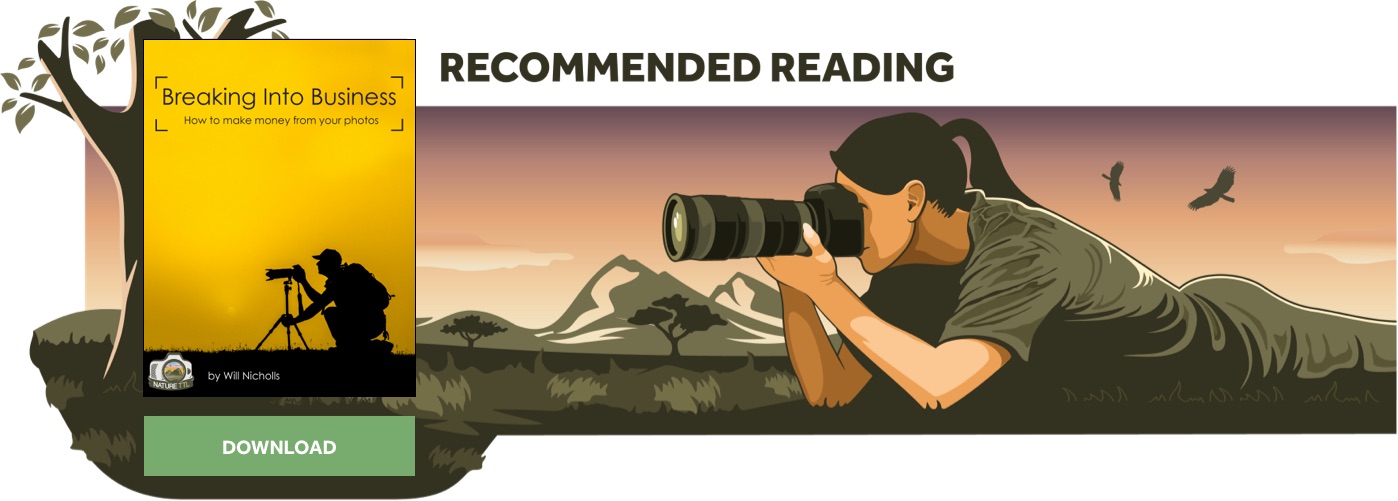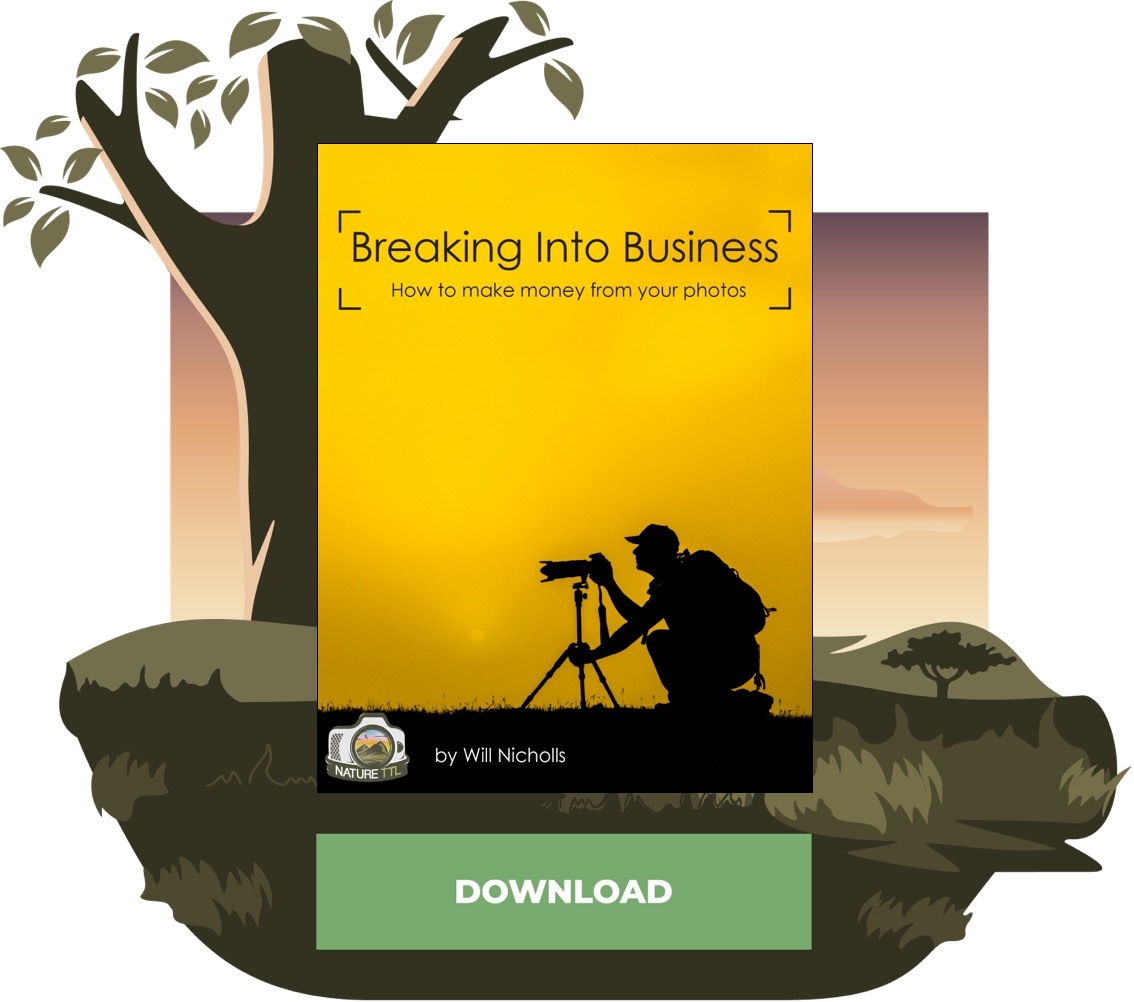Anton Trexler: A Youthful Take on Wildlife Photography

With an impressive number of awards already under his belt, up-and-coming 18-year-old wildlife photographer Anton Trexler joins us today to talk about his work and career aspirations.
From a young age, Anton’s love of photography has led him onto an exciting photography trajectory, creating imagery that takes us on a journey through the wild world all around us.


It’s been great to follow your progress in recent years as a talented young up-and-coming photographer. Where did your journey into this world begin?
When I was 10 years old I was already very passionate about exploring Germany’s nature. I was especially passionate about learning all the different names of the variety of birds and fish that live near my hometown.

I was gifted my first camera from my dad, and since then I spent many many mornings before school out in the field waiting for hares and owls to photograph.
Are there any photographers or styles that you felt inspired by as you progressed with your photography?
I am very inspired by the art work of Jan Lessman and Hermann Hirsch.

When thinking about photojournalism stories, I greatly appreciate the great work of Paul Nicklen and Morgan Heim.
Last but certainly not least, from the moment photographer Jon Ruarez told me about his educational photography work with refugees in Berlin I learned and truly believe that photography has a great sense in this world.
You started photography with a love of birds, but have a great portfolio covering a variety of species. Do you have a favourite animal to photograph, and why?
My favourite animal is the garden dormouse because they live in our little garden in the middle of the city.
This threatened species is so hyperactive and has so much character, I couldn’t help but fall in love with them. I have spent many many nights outside in my garden watching and photographing these nocturnal summer animals for years.
As a winner of several notable photography awards in the youth categories, you’ve now stepped up into the adult categories of competitions. How do you feel about competing in these adult categories?
My time as a junior photographer was great and I appreciate that there is great support for youth contests.

But now it is time for me to step into the adult world, what with school finishing this spring. It’s exciting!
If you had to choose one image from your wildlife photography, which would be your favourite, and why?
My favourite image at the moment is my image which was presented in London’s National History Museum this year (2023). It shows a near-threatened species, the garden dormouse.
I am lucky as this little family of mice live in my urban garden.

After spending many nights out in the garden over the last few summers, I had the idea of including an old ladder which the mice use to climb down every evening within the frame.
I am very happy with this picture, and it won the Youth category in the Wildlife Photographer of the Year competition.
I wonder what the dormice would say if they knew this!
When going on a photography trip, what is one piece of kit you wouldn’t go without?
I love my hat. It is a sun protector, rain cover, head-warmer, pillow, and of course a stylistic highlight.
We are always excited to see more young photographers begin to pave their way in this industry. What advice would you give to young people to take up or further their interests in wildlife photography?
Always take photos of what you love. This way, your photography will have meaning to you, and you will have a tangible relationship with your subject.

How you perceive and portray your subject will become automatically authentic.
I would also advise them to try not to care or think about how to make money out of your photography. I take photos because I love it and I love the animals I photograph. Nothing else.
If there was one top skill you think young photographers should master to stand out from the crowd, what would it be?
I would absolutely recommend everyone to photograph the environments near their houses.
Spending lots of time on one project and species is most effective and you will get pictures that connect closer to the authentic atmosphere of the subject as you get to know it better.

But I think the best advantage is that you will have more time and fun when the project is easy to reach and near to your everyday life.
We are very excited to see your new work and watch you grow. Looking to the future, what ambitions do you have for your photography career?
As I dived deeper into photography, I felt more and more pressure to become the best photographer I could be. But I forgot one thing:
Every photographer is doing photography because they love it and for fun – even if it is their main business – otherwise they might have chosen a better-paid job.

So the only thing that can make me happy is to photograph what I am passionated about and taking the photos I want to take.
I will not plan my future photography career. I will let it happen. At the moment I have fun experimenting with photojournalistic conservation photography.
I also started leading the youth group of the German Society of Photography. In one week (at the time of writing) I will run a workshop with school children in Namibia.
I have collected 30 digital cameras, so every child will be able to experience photography for themselves.





